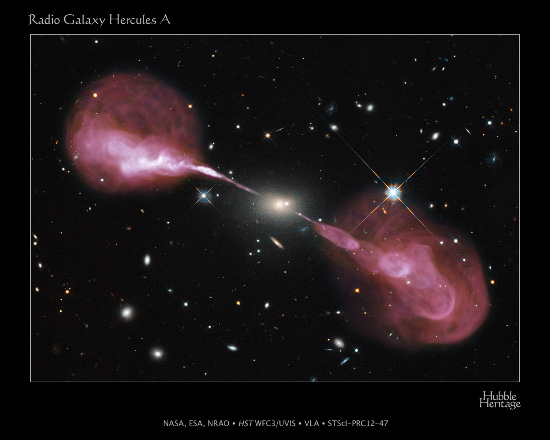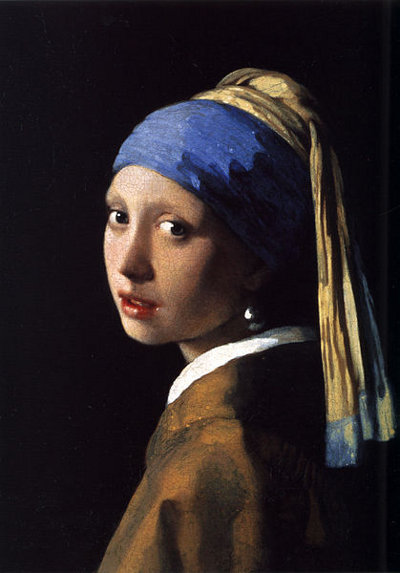
Almost everyone would agree that the image of the radio galaxy Hercules A (Figure 1), taken by the Karl G. Jansky Very Large Array radio telescope and the Hubble Space Telescope, is beautiful. Similarly, few would object to the statement that Vermeer's Girl With a Pearl Earring (Figure 2) is a breathtakingly beautiful masterpiece. But what is it that induces these responses in people? Is there a mathematical formula that can evaluate, even approximately, the beauty of images, objects, literary works or pieces of music? Believe it or not, but in a book published in 1933, the famous mathematician George David Birkhoff (1884-1944) attempted to do precisely that -- to develop a mathematical theory of aesthetic value. Birkhoff realized that there are many components to the concept of "beauty," and he attempted to discuss what he regarded as that intuitive feeling which is "clearly separable from sensuous, emotional, moral or intellectual feeling." To that goal, he divided the aesthetic experience into three phases: (1) the effort of attention needed for perception; (2) the recognition of certain order; and (3) the appreciation of value -- the reward for the mental effort. Birkhoff then took a stab at quantifying these three stages. He argued that the initial effort is proportional to the complexity of the object being observed, which he denoted by C. He called the order exhibited by the object O, and the assigned mental value, or aesthetic measure, M. He then suggested that within each class of aesthetic objects, such as flowers, vases or pieces of music, one can actually define an order O (which may depend e.g., on symmetry) and a complexity C. Birkhoff's formula for the feeling of aesthetic value was then simply: M = O/C. In other words, for a given level of complexity, the more order the object possesses, the higher its aesthetic measure. Alternatively, for a specified amount of order, objects are considered more aesthetic if they are less complex.

Figure 1. Radio galaxy Hercules A, showing jets powered by accretion onto the central black hole.

Figure 2. Girl with a Pearl Earring by Johannes Vermeer. At the Royal Picture Gallery Mauritshuis.
Birkhoff would have been the first to admit that the evaluation of O and C was rather ambiguous. Still, he made a heroic effort to provide some guidelines and prescriptions for the case of simple geometrical shapes, and for ornaments, music and poetry (e.g., of Tennyson and Shakespeare).
I must say that it would be rather difficult to apply Birkhoff's formalism to evaluating the beauty of images by the Hubble Space Telescope. However, in his words, this was merely an attempt to give "a simple, unified, account of the aesthetic experience," and Birkhoff hoped that it would provide "means for the systematic analysis of typical aesthetic fields." As I've noted above, Birkhoff did not even pretend for his formula to take into account the emotional and intellectual response that objects induce in viewers. Since there's no doubt that images of the universe elicit powerful emotional and intellectual reactions, we shouldn't be too surprised that Birkhoff's limited approach does not easily apply. A deeper understanding of what we perceive as beautiful will have to await a clearer elucidation of the way our brain operates. To quote (out of context) Shakespeare: "As truth and beauty shall together thrive."